The Apple TV 4K has long been a premium streaming device with a persistent problem, that familiar disconnect between Apple’s usual polish and the frustrations of daily use. You know those moments when switching between family profiles becomes a menu-diving exercise, or when apps mysteriously slow down after weeks of use? These are not just minor inconveniences, they are the friction points that make you wonder if the premium price tag really delivers a premium experience.
tvOS 26 looks like Apple’s most comprehensive attempt yet to fix those long-running gripes. After years of small tweaks, this release brings a visual overhaul called Liquid Glass, according to Apple Support, plus smarter profile management and smoother everyday interactions that go right at the platform’s biggest pain points.
What makes the Liquid Glass redesign so significant?
The centerpiece of tvOS 26 is Liquid Glass, a design language that transforms the Apple TV interface with dynamic visual effects. The system refracts and reflects content in real time, so menus turn translucent and the background subtly shines through while staying readable. It looks like glass, it behaves like software.
The difference is depth. You get floating, three-dimensional menus with translucent UI elements that allow background visibility, which makes navigation feel closer to handling objects than clicking flat boxes. Even the top navigation bar goes see-through, so your content feels like part of the interface instead of something behind it.
The Apple TV app shows the change most clearly. Apple moved from the old landscape poster wall to cinematic poster art in portrait format, which displays more movies and shows at a glance. More choices on screen, less sideways scrolling, a little more movie-theater energy.
There is a catch. These effects need real processing muscle, and they are only available on second-generation Apple TV 4K and newer models. Apple TV HD and first-generation Apple TV 4K owners will not see the transformation, a reminder that some software ideas demand newer hardware.
How does tvOS 26 solve the profile switching headache?
Profile switching has long been a sore spot. The old flow sent you through multiple screens just to get to your own recommendations, which killed the mood before the opening credits.
tvOS 26 finally trims the steps. Profiles now appear when Apple TV wakes from sleep, so you pick your face and your personalized movies, shows, and music are right there. No hunt, no dig, just play.
The fixes run deeper once you live with them. Apple’s implementation ensures profile switching and app logins are more streamlined across connected devices. Choose your profile, and supported apps handle authentication with far fewer repeated sign-ins.
The finishing touch is personalization that feels personal. Profiles now include system language preferences and AirPods pairings, so swapping users can switch the interface language and connect the right audio, automatically. It is your queue, your language, your headphones.
What audio improvements actually matter for home theater setups?
Audio has been the wobble in Apple TV’s otherwise steady stride. Video looked fantastic, but audio handling often felt like an afterthought next to boxes built for audiophiles.
tvOS 26 tightens that up with targeted fixes. The headline change, any AirPlay-enabled speaker can now be set as the default output. Set it once, and Apple TV remembers, so your preferred speakers just work every time you power on.
The update also chases down sync gremlins. Apple resolved problems where audio could be out of sync on certain streaming apps, which helps kill the distracting lip-sync delays that ruin a scene. For higher end setups, tvOS 26 adds support for synchronizing Dolby Atmos playback to speakers over AirPlay or Bluetooth, keeping spatial mixes intact across different connections.
Taken together, the Apple TV starts to feel less like a video-first streamer that happens to output sound, and more like a component that belongs in a serious home theater stack.
Why are the Apple Music Sing enhancements game-changing?
Apple Music Sing used to be a fun demo, a party trick. tvOS 26 turns it into a living room event.
The big move, iPhone support as a handheld mic. Your phone becomes a wireless microphone, your voice comes through the TV speakers, and suddenly you have a real karaoke setup without juggling the remote like a mic.
It gets better with more people. Friends and family can use their iPhone to add songs to the queue, react with onscreen emoji, and take control of the microphone. Multiple iPhones can join in, so everyone can queue their favorites and send emoji reactions that pop on screen in real time. Less pass-the-remote, more pass-the-mic energy.
For international tracks and language learners, Lyrics Translation and Pronunciation help you understand the meaning behind your favorite songs and make it easy to sing along, even if you do not know the language. It broadens the catalog you can actually sing, not just hum.
What does this mean for the future of Apple TV?
tvOS 26 fixes a lot, but not everything. The much-discussed HDMI audio passthrough that made noise in beta is nowhere to be found in the final release. Home theater fans who wanted tighter integration with high-end gear will feel that absence.
That gap stings because it was positioned as one of the most anticipated upgrades. The Apple TV has trailed competitors like NVIDIA Shield TV on support for advanced audio formats that audiophiles expect.
Even so, tvOS 26 brings welcome polish to the basics. Expect better multitasking between apps, fewer crashes and slowdowns over time, a sign that Apple is prioritizing reliability and day to day speed over ticking every feature box. That foundation matters.
Big picture, tvOS 26 makes the Apple TV feel more mature. Liquid Glass freshens the look without blinding you, profile management finally behaves like it should, and audio handling shows real respect for serious setups. Audio passthrough is still missing, yes, but the overall package is Apple’s strongest push yet to turn Apple TV from a beautiful, occasionally frustrating box into the streaming powerhouse it always hinted at.
If you already own one, this update gives you clear reasons to upgrade your software, and maybe your hardware if you want the new visual effects. If you are shopping, tvOS 26 makes Apple TV easier to recommend as a central hub that handles movie night and a spontaneous karaoke session with equal poise.




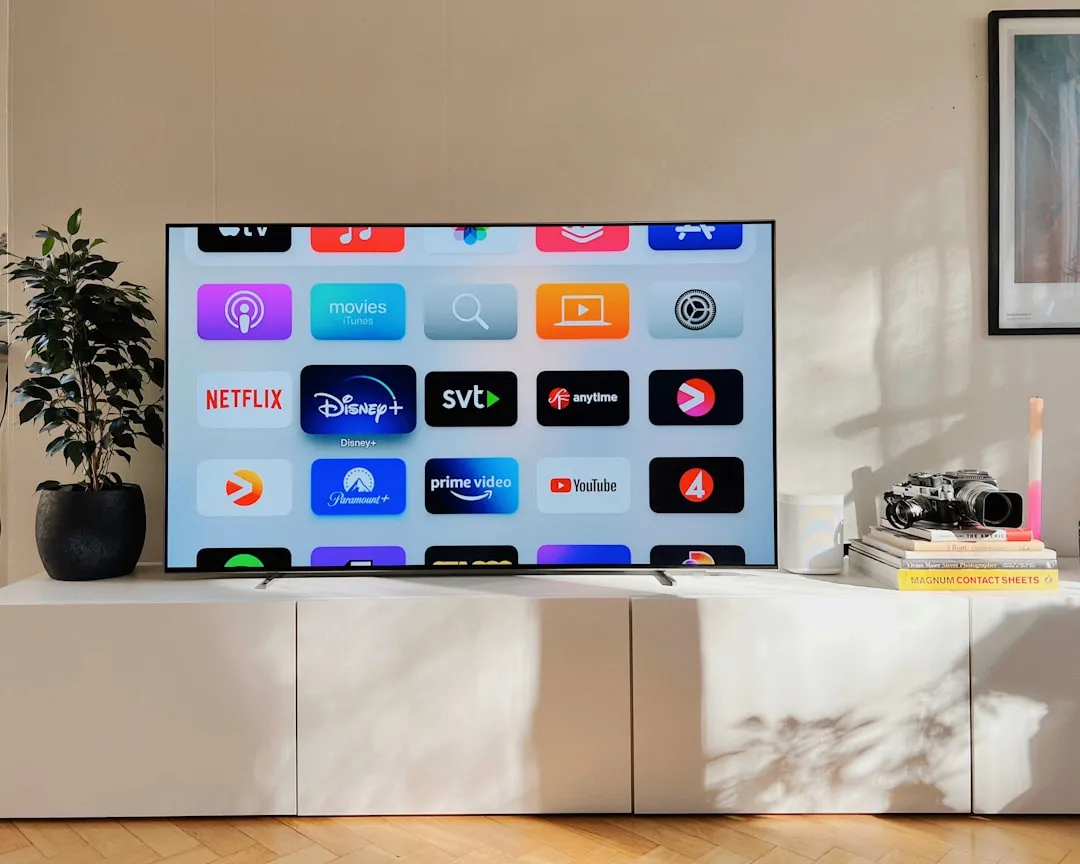


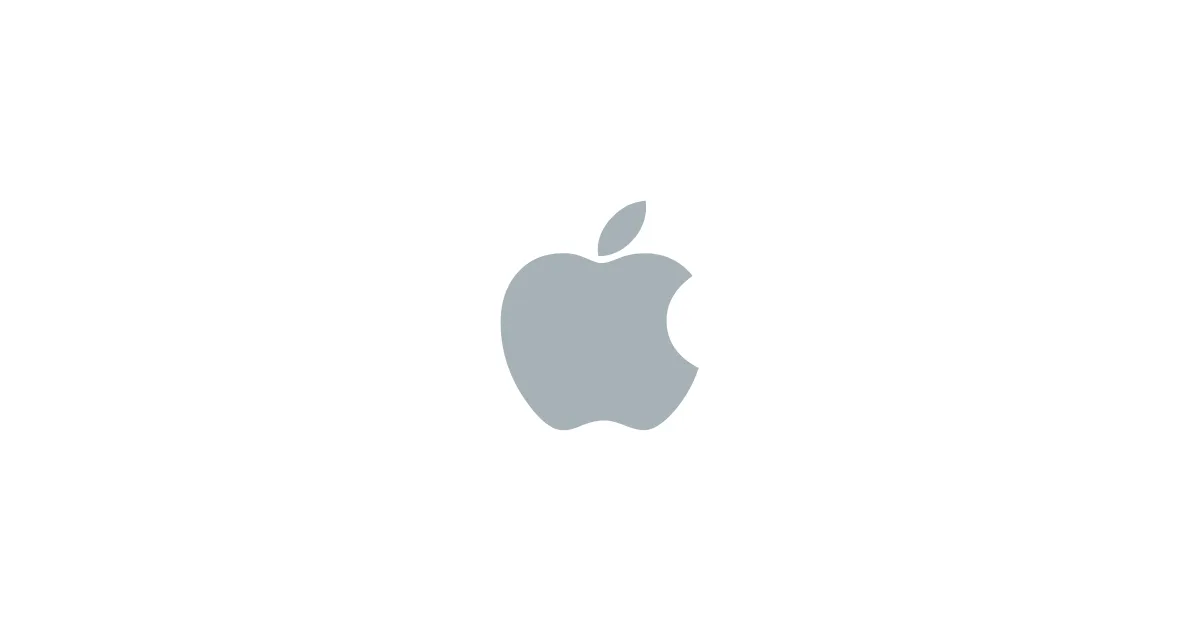
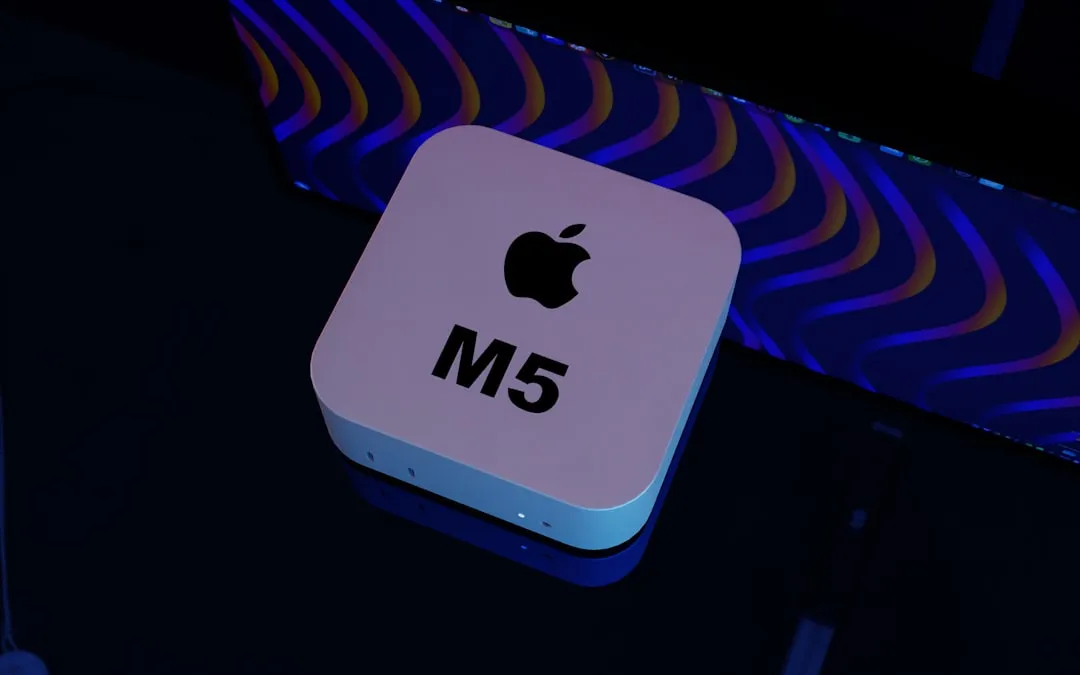
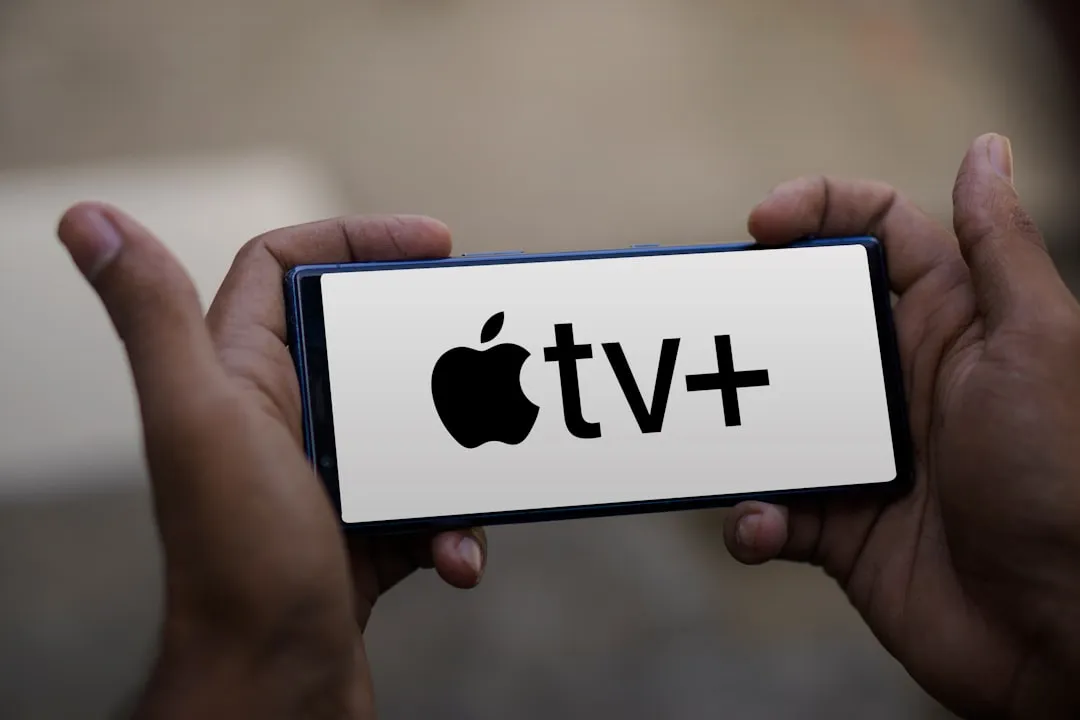
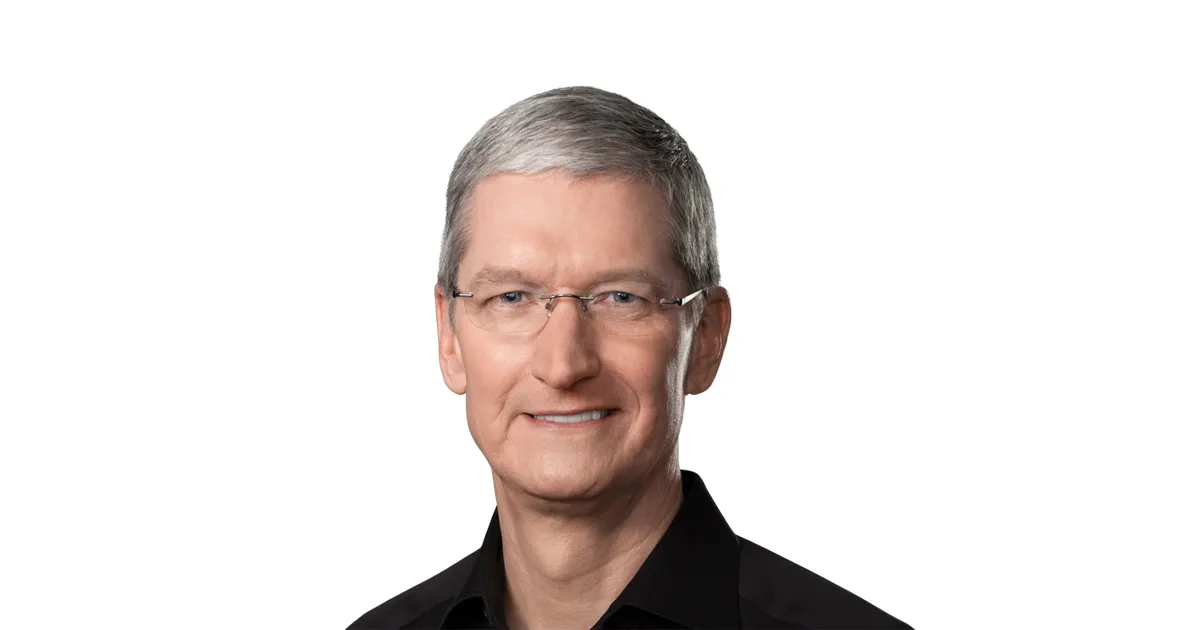
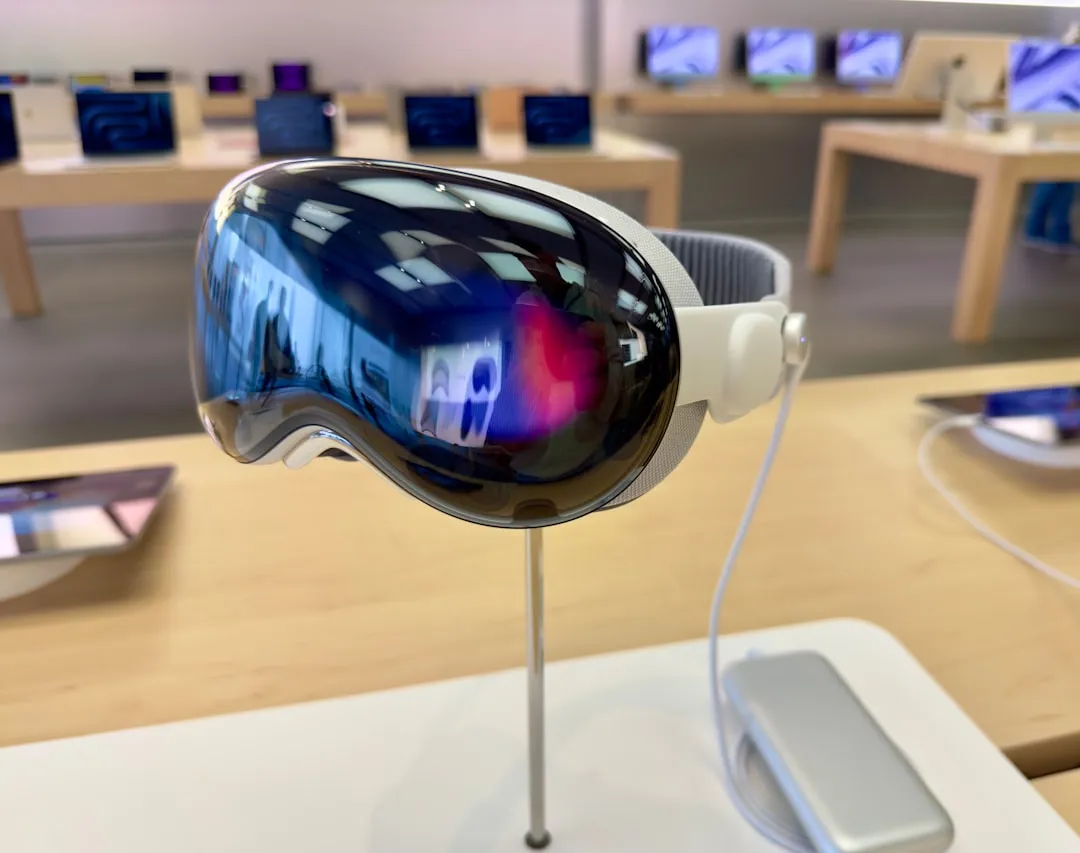
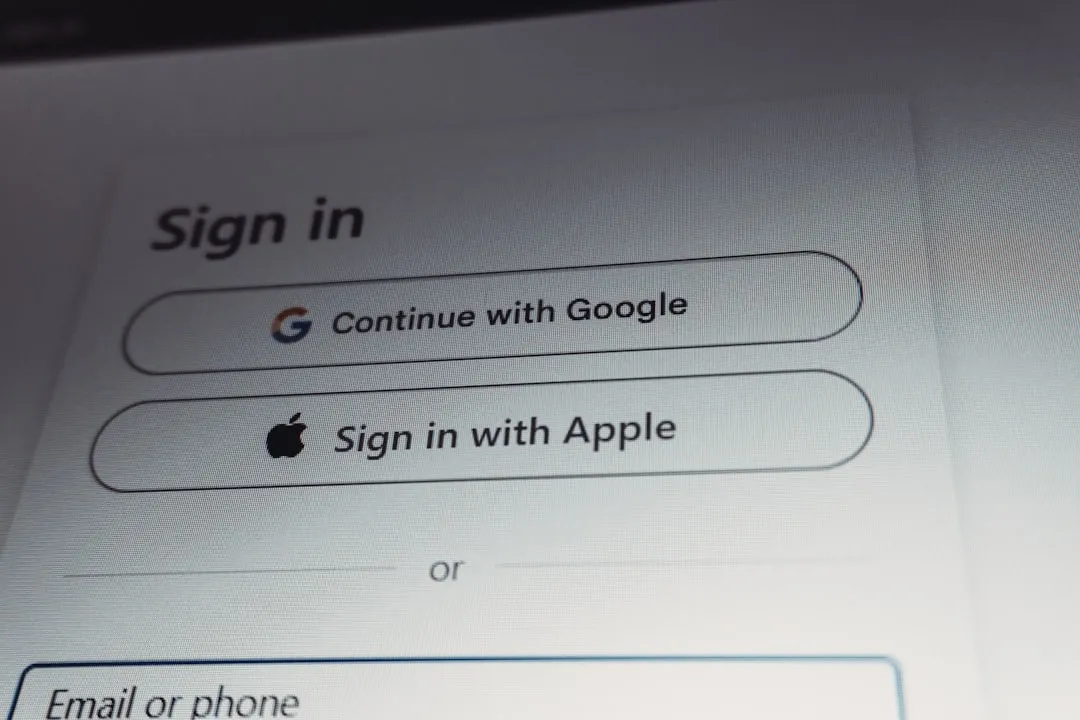
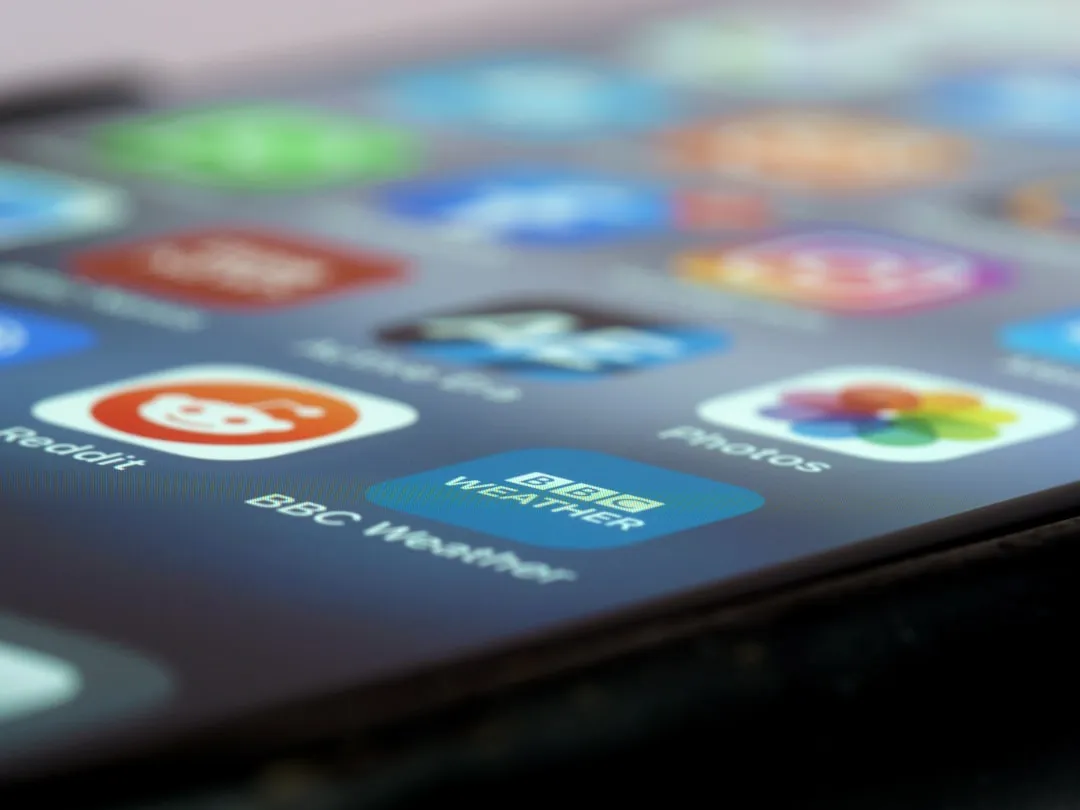
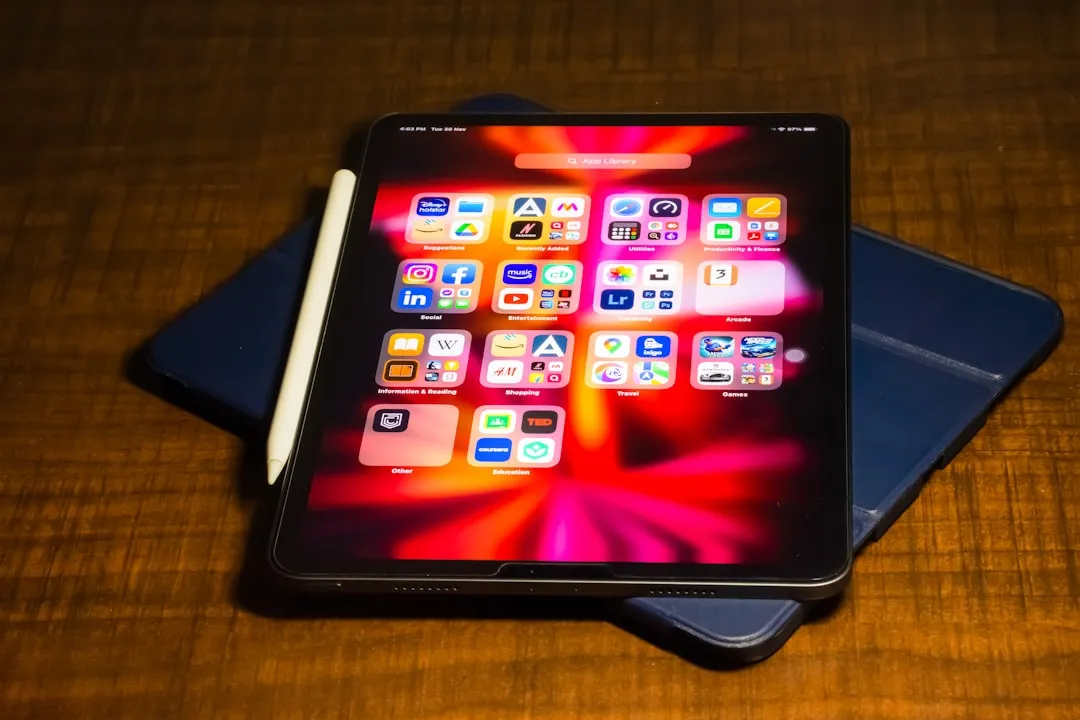
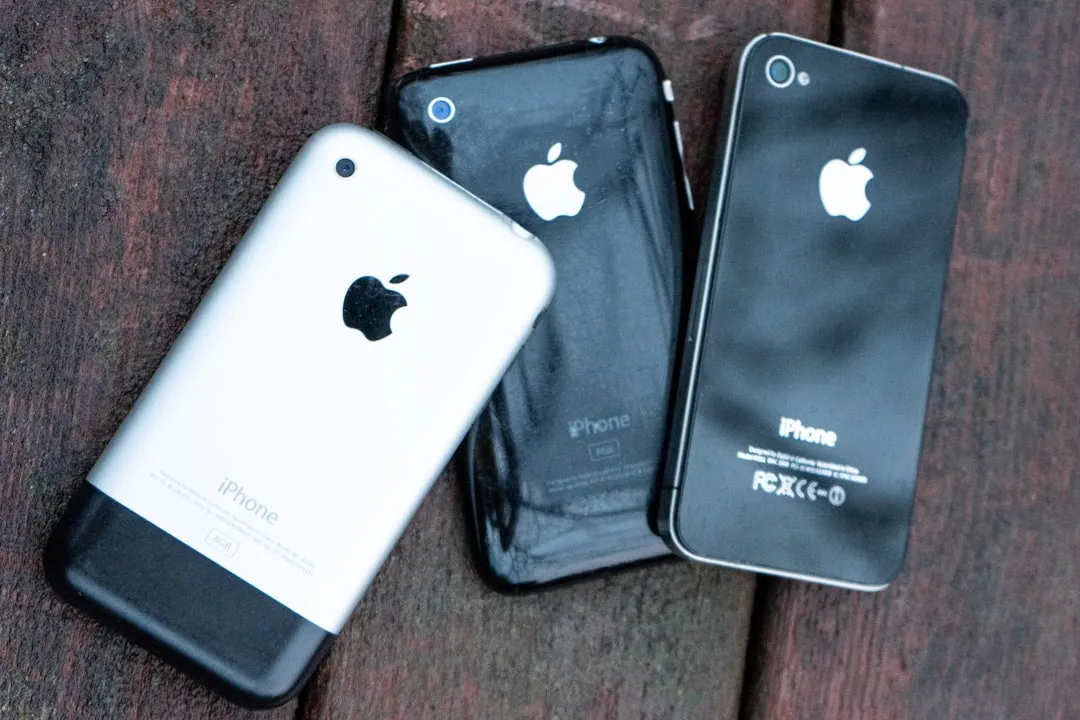
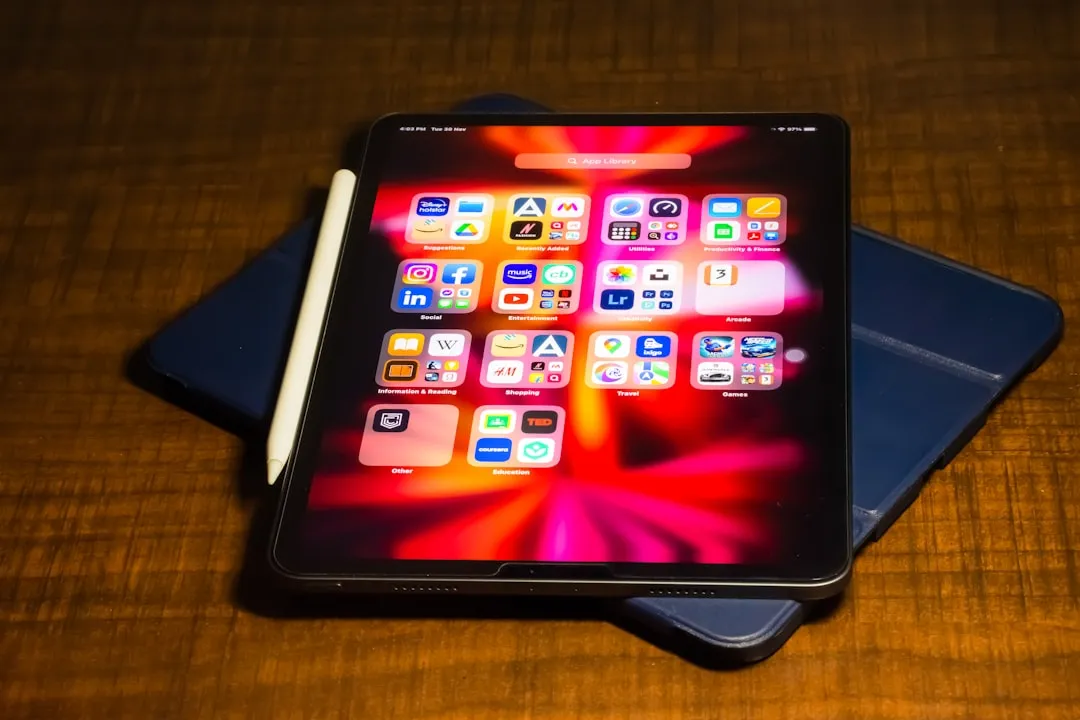

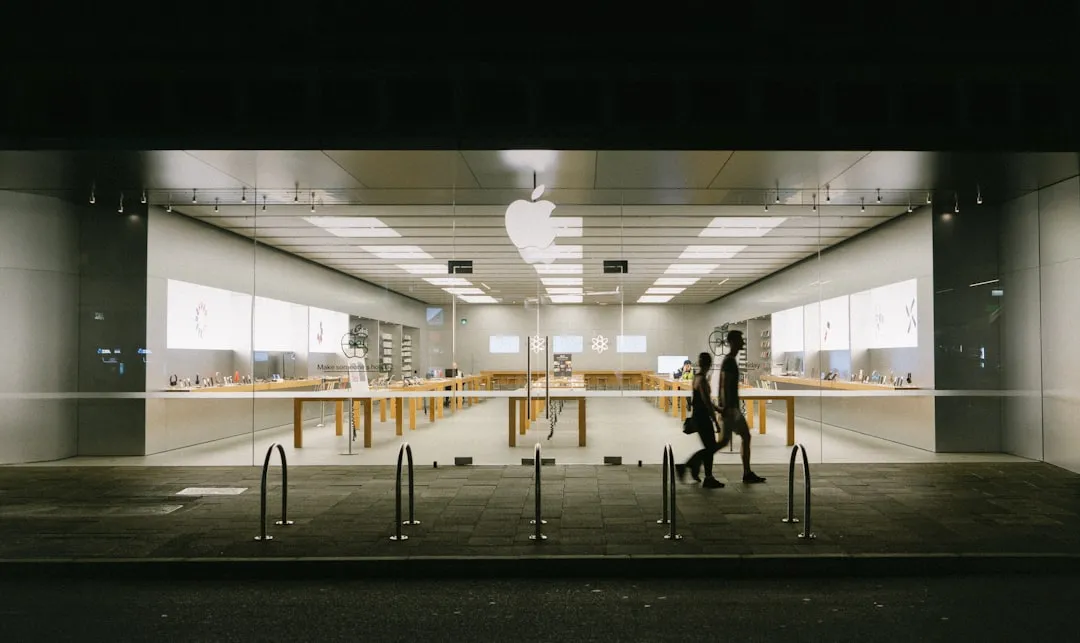
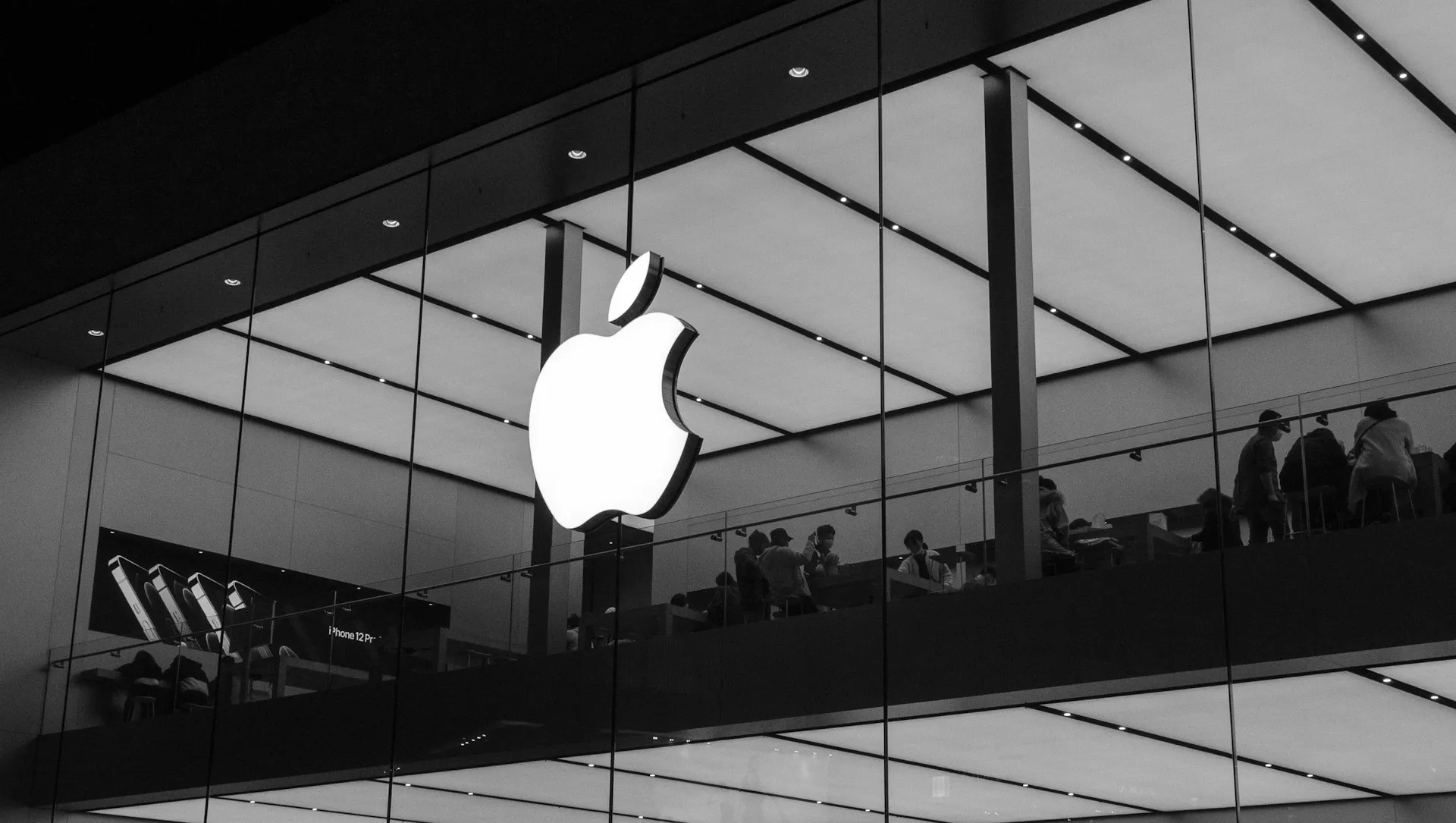
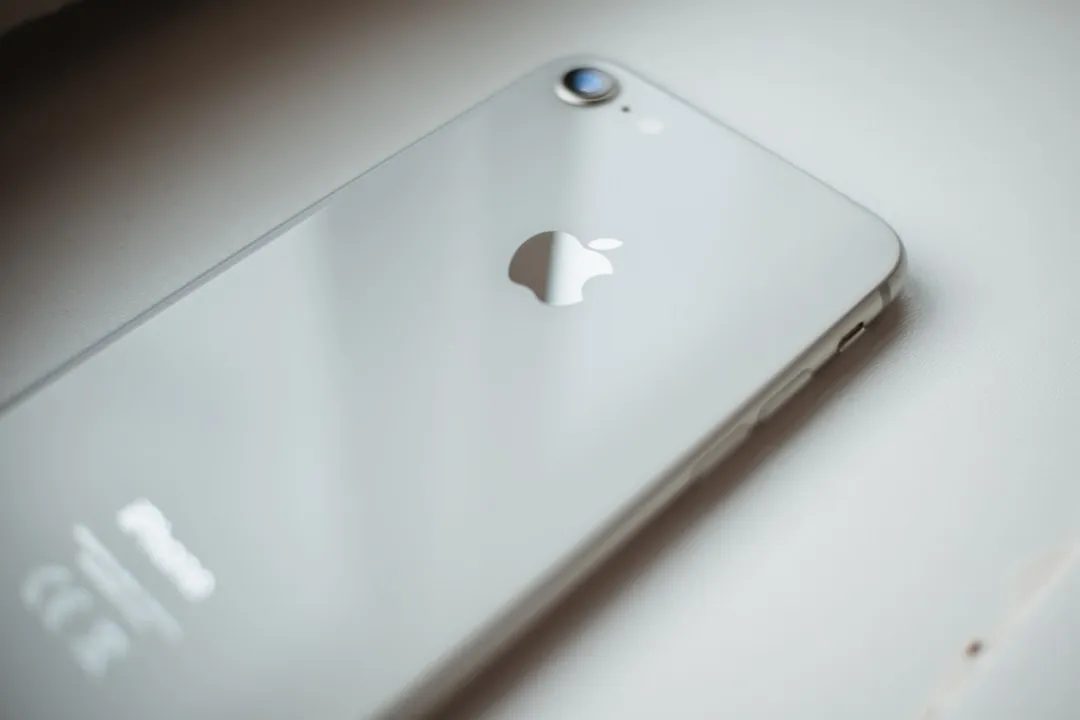
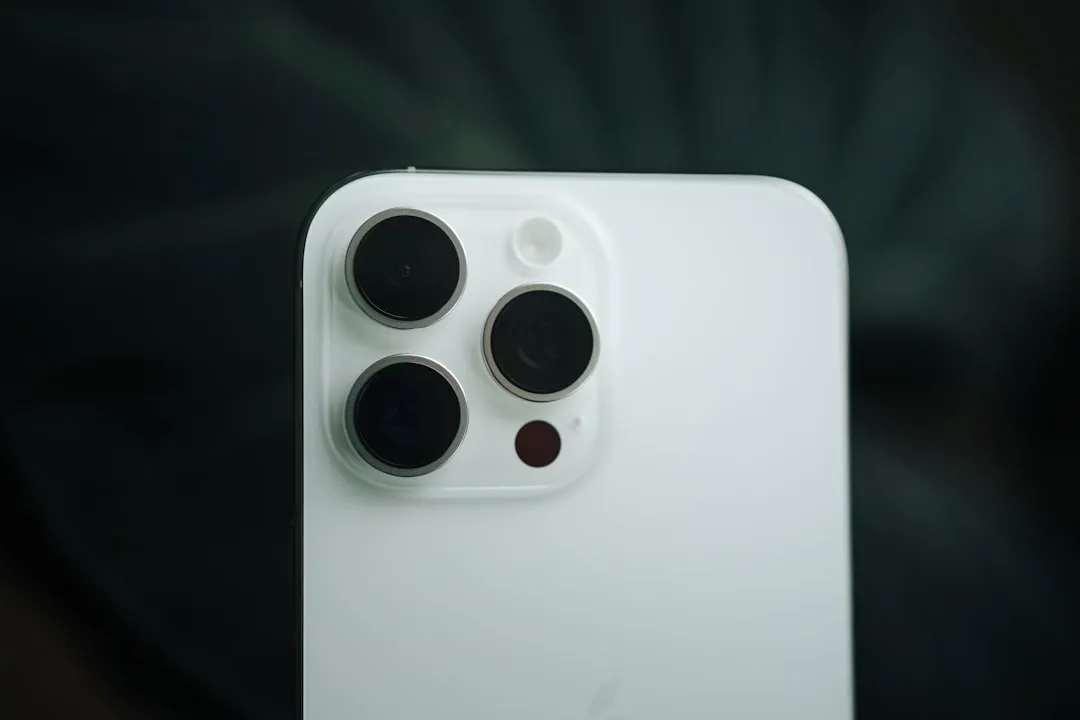

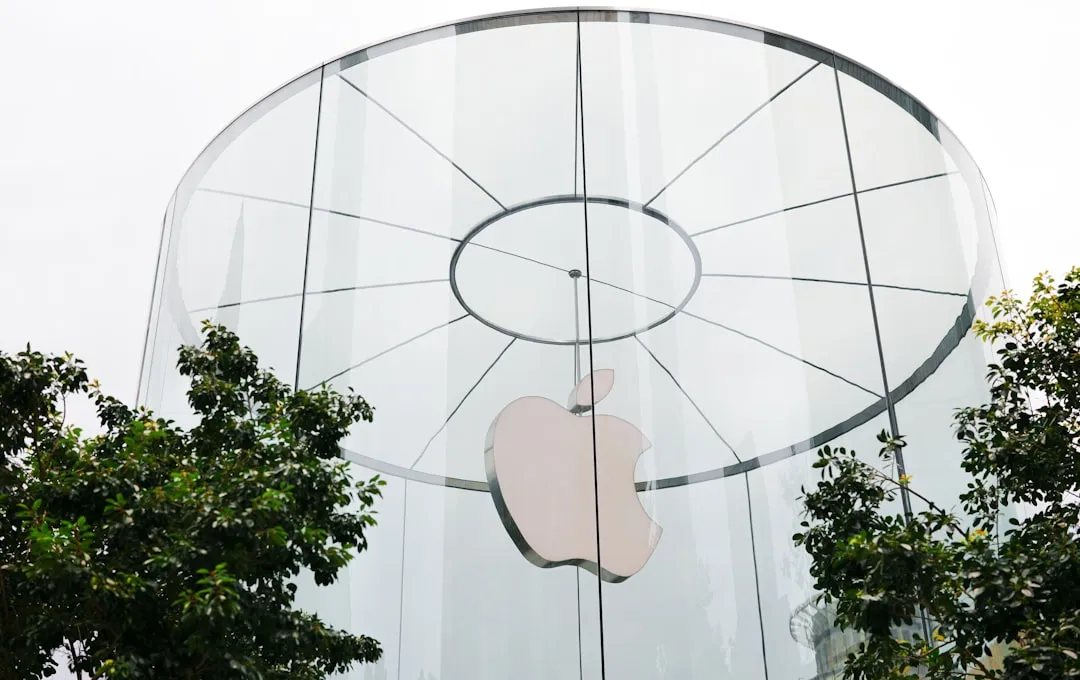

Comments
Be the first, drop a comment!